I'm developing a web-based tool that can help analyze number intervals that occurs in a 6-digit lottery.
Let us focus on a certain number first. Say 7

The sql query I've done so far:
SELECT * FROM `l642` WHERE `1d`=7 OR `2d`=7 OR `3d`=7 OR `4d`=7 OR `5d`=7
OR `6d`=7 ORDER BY `draw_date` DESC LIMIT 2
This will pull the last two latest dates where number 7 is present
I'm thinking of using DATEDIFF but I'm confused on how to get the previous value to subtract it on the latest draw_date
My goal is to list the intervals of numbers 1-42 and I'll plan to accomplish it using PHP.
Looking forward to your help